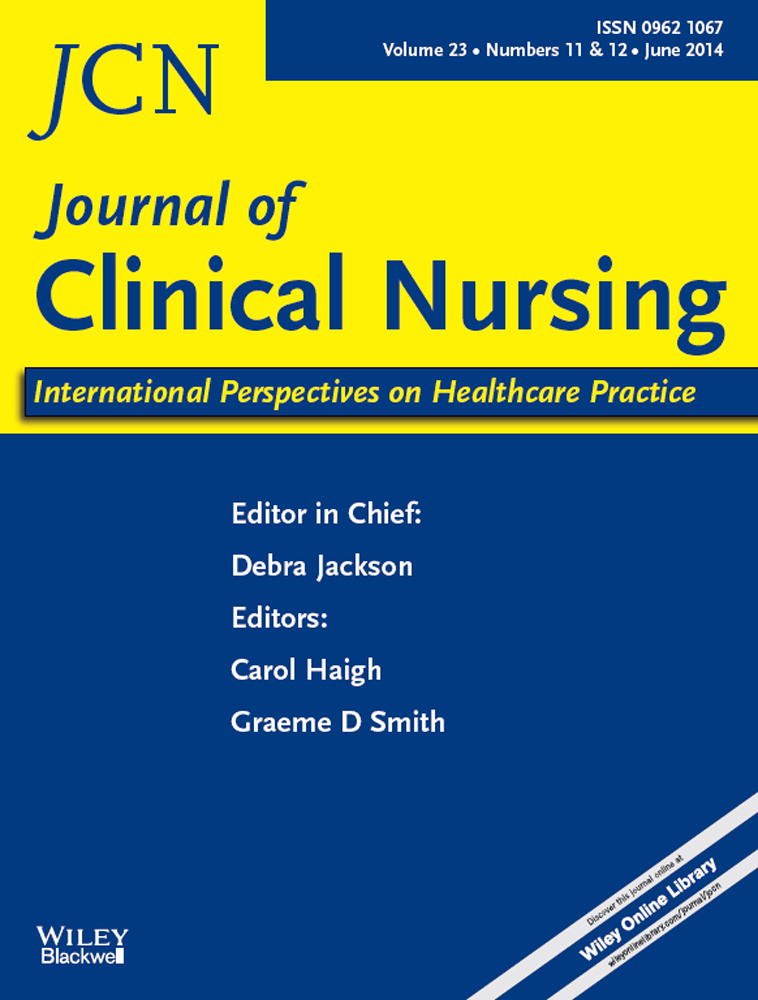The availability of HEPA-filtered rooms and the incidence of pneumonia in patients after haematopoietic stem cell transplantation (HSCT): results from a prospective, multicentre, eastern European study
Abstract
Aims and objectives
To establish the availability of High Efficiency Particulate Air (HEPA)- and nonHEPA-filtered rooms in eastern European transplant centres and to investigate the impact on incidence of pneumonia and mortality after haematopoietic stem cell transplantation (HSCT).
Background
Barrier nursing in HEPA-filtered rooms is generally recommended for patients undergoing HSCT. There are only limited data on the availability of HEPA-filtered rooms and the impact on incidence of pneumonia and mortality.
Design
A prospective, observational, international study.
Methods
Monitoring cards were distributed within the East Forum EBMT-Nurses Group cooperating centres, and 689 consecutive patients were registered in 1/2010-6/2012. Patients were monitored for 100 days post-transplant.
Results
In patients undergoing autologous HSCT, pneumonia developed in 14/400 (3·5%) and was the cause of death in 2/14 (14%) of patients. There was no significant difference in mortality between HEPA-filtered and nonHEPA-filtered groups (4·5% vs. 4·9%, respectively). 239/400 (59%) transplantations were performed in single-bed rooms [190/239 (79%) HEPA-filtered] and 161 (41%) in two-bed rooms [28/161 (17%) HEPA-filtered]. In allogeneic transplantation, pneumonia developed in 24/289 (8·3%) and was the cause of death in 11/24 (45%) of patients. There was no significant difference in mortality between HEPA-filtered and non-HEPA-filtered groups (14% vs. 17%, respectively). 281/289 (97%) of allogeneic transplantations were performed in single-bed rooms [254/281 (90%) HEPA-filtered], and pneumonia was more frequent in patients on corticosteroids and in rooms without HEPA.
Conclusion
The incidence of pneumonia in the autologous transplantation setting is low. More pneumonia was observed in the allogeneic HSCT group, especially in patients on corticosteroids. There was a trend towards a lower incidence of pneumonia in allogeneic HSCT patients treated in HEPA-filtered rooms.
Relevance to clinical practice
Autologous HSCT transplantation may safely be performed without HEPA filtration. HEPA filtration might be preferable in patients undergoing allogeneic transplantation.




